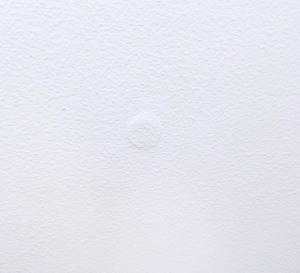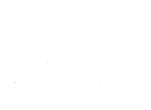Drywall Repair
Is it Better to Repair or Replace Drywall?
The walls inside most homes are constructed with drywall and not plaster. Drywall is vulnerable to cracks, dents, and holes. There is no doubt that an accident will occur at some point, leaving you with the task of patching a hole in your drywall. But unless your home has unpredictable construction (as many older homes do), you can repair small dings and dents yourself.
Use this rule of thumb to determine whether to call an expert. Small straightforward holes (six inches or less) can probably be self-repaired. But when drywall damage is more severe, enlist the expertise of a professional taper.
Drywall holes are unsightly. But they can get even worse if left untreated. If you experience a dent or hole in your wall, it is best to repair it as soon as possible. Use the steps below to repair small holes.
How to Repair a Small Dent in Your Drywall
- Use a scraper tool to scrape away loose debris (paint, etc.).
- Apply a lightweight spackle over the dent with a joint knife and let it dry. It will take several hours to fully dry.
- Sand the area you spackled.
- Apply a second coat of spackle over the first coat and let that second coat completely dry.
- Sand the area once again until completely smooth.
- Apply a third coat of spackle over the second coat and let that third coat fully dry.
- Sand the area a third time until completely smooth.
- You are now ready to re-paint the wall.
How to Repair a Popped Nail Head
 If you have driven a nail into a wall and it has popped out, you can follow these steps to repair it:
If you have driven a nail into a wall and it has popped out, you can follow these steps to repair it:
- Drive in a drywall screw about 1-1/2 inches above or below the popped nail to stabilize the drywall.
- Drive in the popped nail.
- Apply a thin layer of spackle over the nail and the screw and allow it to dry completely.
- Lightly sand the area.
You are now ready to re-paint the smooth, repaired wall. Once painted, your wall will be in the condition it was in before the damage occurred, and no one will be the wiser.
Spackle or Joint Compound?
Spackle is most often used as a filler. It works best on holes that do not completely penetrate through a wall. In general, spackle is lighter in consistency and better suited to smaller holes. For larger holes, use joint compound as its properties are stronger and will hold up better to the task at hand.
When to Call in the Experts
Patch jobs require exact precision in cutting cleanly around the damage and replacing it with a new piece of drywall. You may also need to purchase extra tools for the job. If your drywall damage exceeds six inches or involves a patch job (a drywall piece cut out and fit into the existing wall), you may prefer to call an expert.

 One of the leading causes of compromised drywall is water damage through older or improperly installed plumbing. Leaking pipes can cause issues such as bulging, buckling, and loss of structural integrity.
One of the leading causes of compromised drywall is water damage through older or improperly installed plumbing. Leaking pipes can cause issues such as bulging, buckling, and loss of structural integrity.